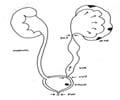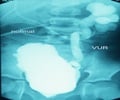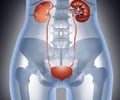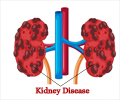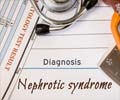Raman Spectroscopy signals help doctors to differentiate between a healthy kidney and a diseased kidney than looking for a specific bio-marker.
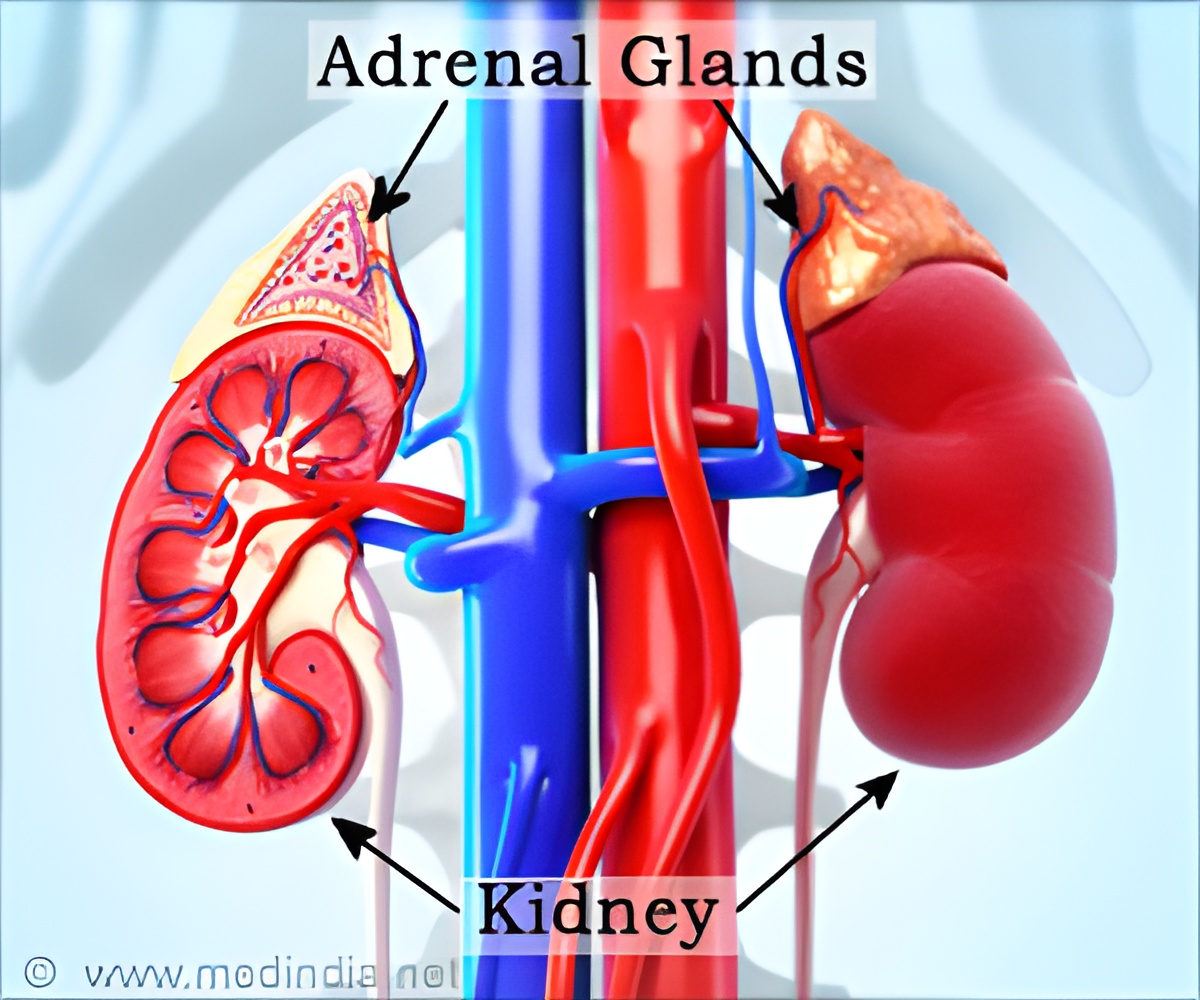
Professor Chandra Mohan of the University of Houston and his colleague Wei-Chuan Shih have found that there is a difference in signals obtained from a healthy and a diseased kidney, which helps to diagnose the status of a kidney in a patient.
“There are some molecules that must be responsible for these different Raman signals, but we don’t need to know what those molecules may be. As long as there’s a difference in the signal, that’s good enough — you can easily differentiate between a diseased kidney’s Raman signal and a healthy kidney’s Raman signal,” said Mohan.
Mohan added that, being minimal invasive and often non-invasive, the new diagnostic method also enables a label-free detection for the quantification of subtle molecular changes.
“By adapting multivariate analysis to Raman spectroscopy, we have successfully differentiated between the diseased and the non-diseased with up to 100% accuracy, and among the severely diseased, the mildly diseased and the healthy with up to 98% accuracy,” said researchers Mohan and Shih.
Source-Medindia
 MEDINDIA
MEDINDIA
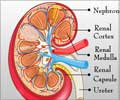
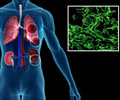
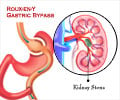

 Email
Email
